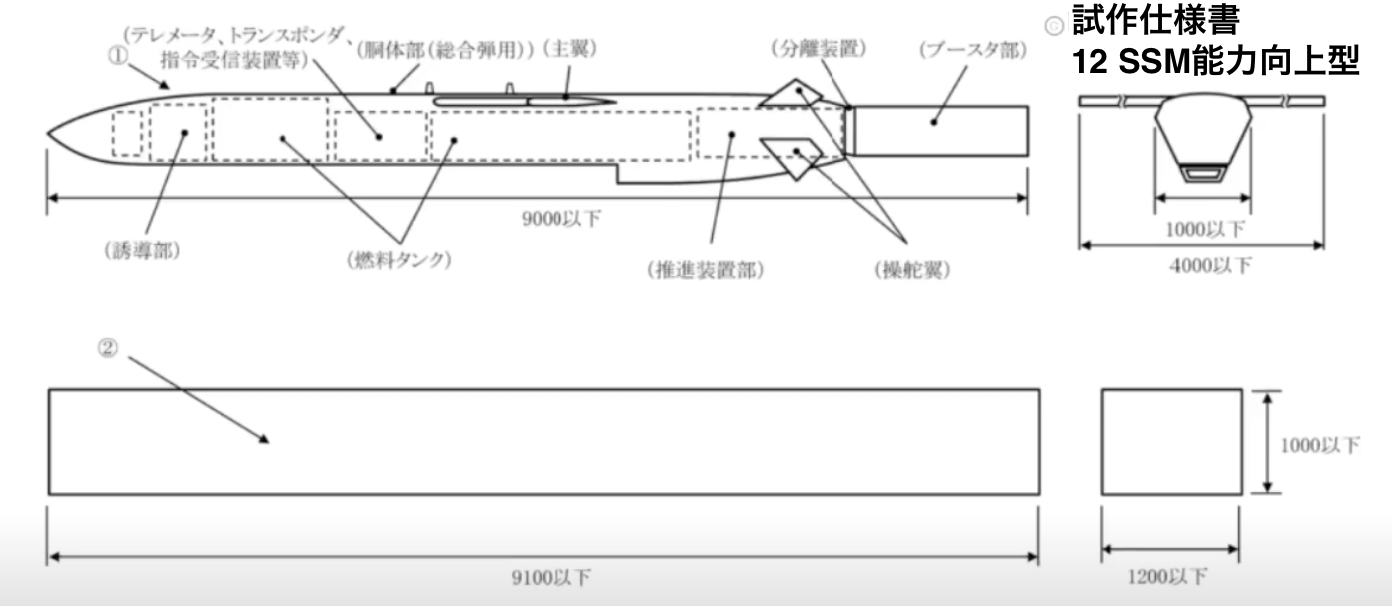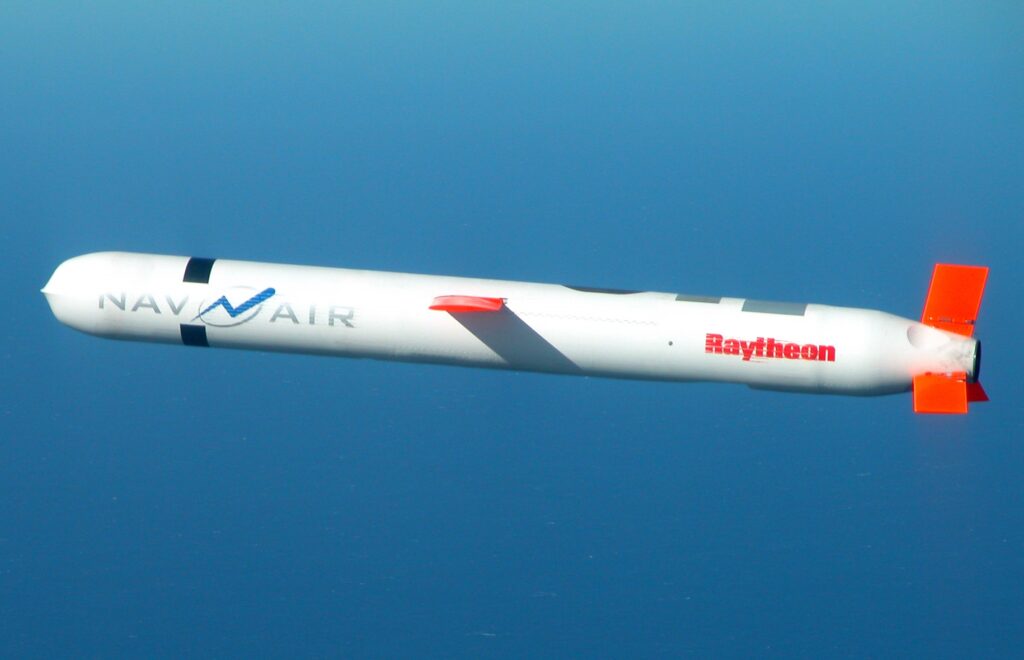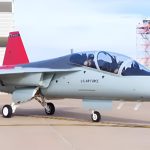Japan is in final negotiations with the US to obtain Tomahawk cruise missiles to strengthen its deterrent capability, amid growing instability in relations between the Pacific nations.
During 2013, discreet consultations had been held with the US to allow Japan to deploy this deep strike capability, but the Obama administration had shown reluctance to the idea, as relations with China and South Korea could be negatively affected.
Today, however, the geopolitical situation in the Pacific has changed greatly, and, according to the Yomiuri Shimbun newspaper, the U.S. side is now showing a positive attitude toward the sale and negotiations are entering the final phase.
The Japanese government is adjusting its National Security Strategy, which will be revised by the end of the year, to clearly state the possibility of possessing counter-strike capabilities to destroy enemy missile launch bases for self-defense purposes.
The idea is to use the Tomahawk as a counter-strike weapon. In the same line, Japan is upgrading the capabilities of its national anti-ship missile, the Type 12, to enable it to attack ground targets. In reality, this is a complete redesign of the missile, with stealth features and the ability to strike targets up to 1,000 km range (the current Type 12 reaches 250 km), so we could be speaking of a new weapon. Maybe the Type 13?

The problem is time. The «new Type 12» could begin serial production only as early as 2026. In the meantime, Japan anticipates that the introduction of Tomahawk cruise missiles could be executed much more quickly.
Reportedly, the Tomahawks could be procured via FMS (Foreign Military Sales) and may be deployed by Japan Maritime Self-Defense Force (JMSDF) surface units, thanks to the fact that many carry Mk-41 VLS Strike-Length vertical launch systems. It is not ruled out that Tomahawks could also be launched from modified Japanese submarines.
The incorporation in the Japanese arsenal of cruise missiles with the capability to attack targets with high precision at a range of more than 1200 km is welcomed by the current Biden administration, because it would fit in with its strategy of «integrated deterrence», which seeks to block or curtail Chinese expansion beyond the «first island chain», through defense cooperation with its allies in the Asia/Pacific region.














